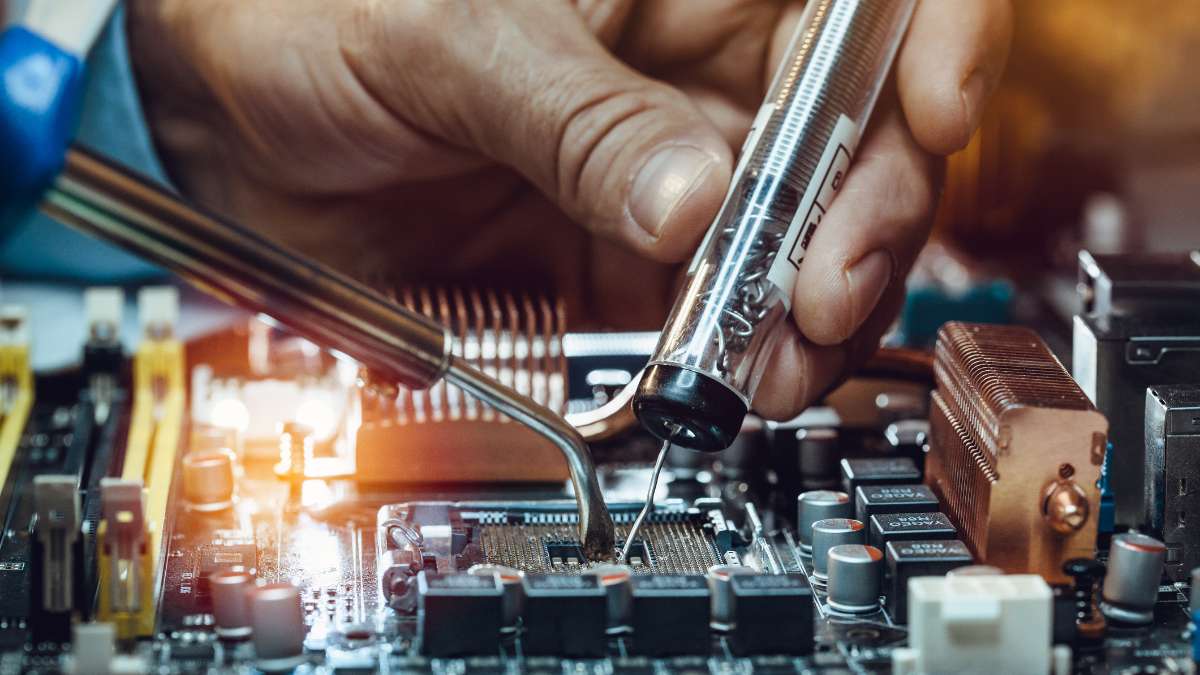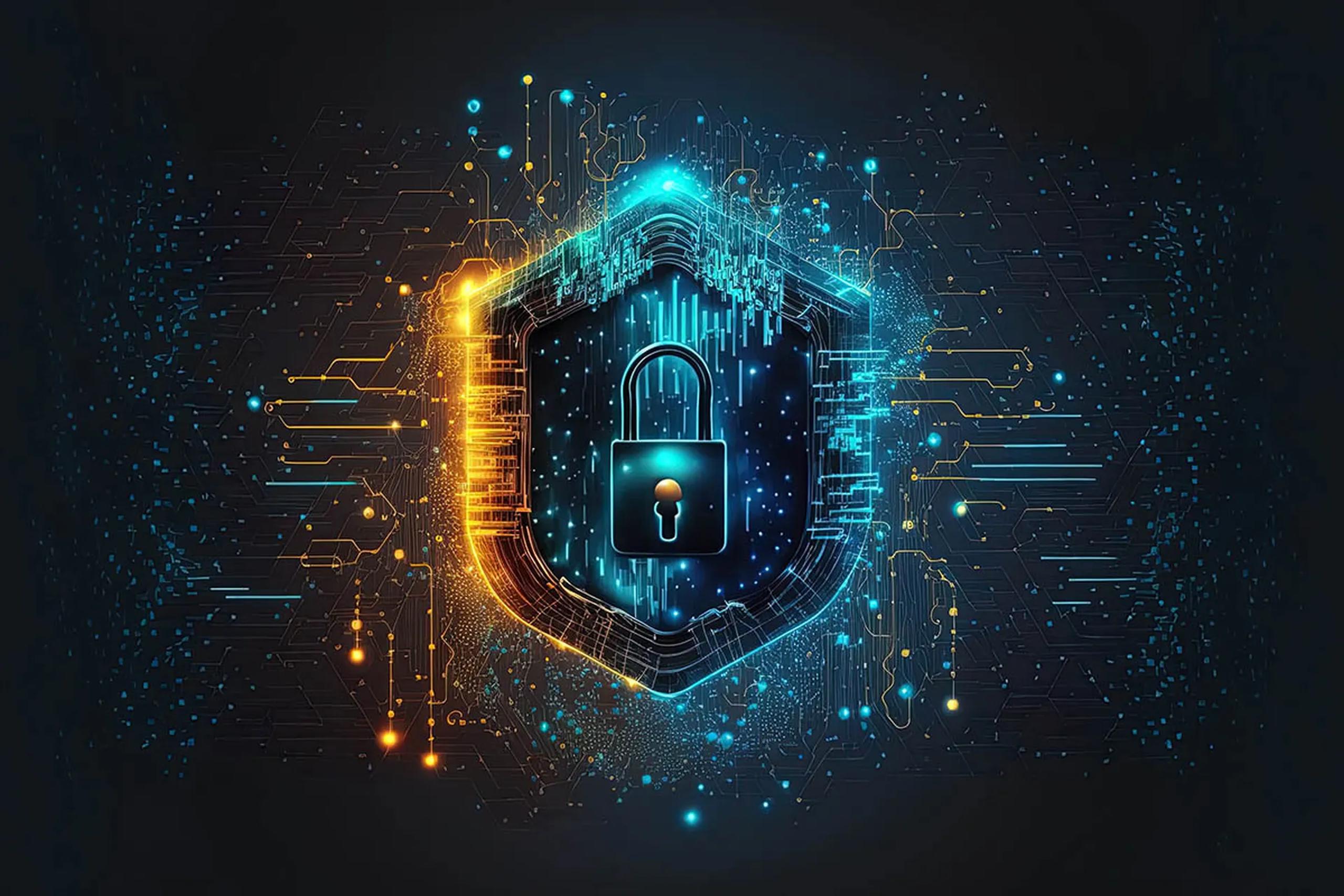Hardware and software are the two elements that make any computing device functional.
Hardware refers to physical components, such as the processor, hard drives, RAM and motherboard. These components are tangible and can be physically touched.
Software refers to the set of instructions or programs that tell the hardware what to do. It includes operating systems, applications and data in the device’s memory and storage.
While hardware is like the body of a device, software more like its consciousness, dictating its behaviour and functionality.
Cybersecurity on your devices
In the context of cybersecurity, both hardware and software play crucial roles. Both are involved in protecting your information from unauthorized access, theft or damage.
Hardware security measures include physical devices such as biometric scanners (like fingerprint and iris scanners) and Trusted Platform Modules (TPMs securely store passwords). These hardware devices provide a layer of protection from tampering and remote exploitation. It’s also important to consider the physical security of computers and servers – it’s bad news if a hacker gets into your server room.
Software security includes firewalls, antivirus programs, encryption software and intrusion detection systems. These software tools defend against malware, phishing attacks, ransomware and other software-based threats. They can detect, neutralize, or prevent malicious software from running. Threats are always evolving, so software needs to be updated regularly.
Together, hardware and software security measures create a comprehensive cybersecurity strategy. Hardware provides a sturdy foundation for securing physical access and storing sensitive data. Meanwhile, software actively guards against the many digital threats faced on an online network like the internet.
A robust cybersecurity profile requires maintenance of both the physical and digital aspects of your technology. You can read more advice and coverage of cybersecurity on Cosmos:
*This article was generated by our custom AI service. Our service was built to focus on our archive of more than 15,000 factually correct science news stories and features. It also uses Chat GPT4 to help create the content. All generated content is fact checked by a trained science communicator and edited by our publishing team.













/https://tf-cmsv2-smithsonianmag-media.s3.amazonaws.com/filer_public/34/31/3431771d-41e2-4f97-aed2-c5f1df5295da/gettyimages-1441066266_web.jpg)






Discussion about this post